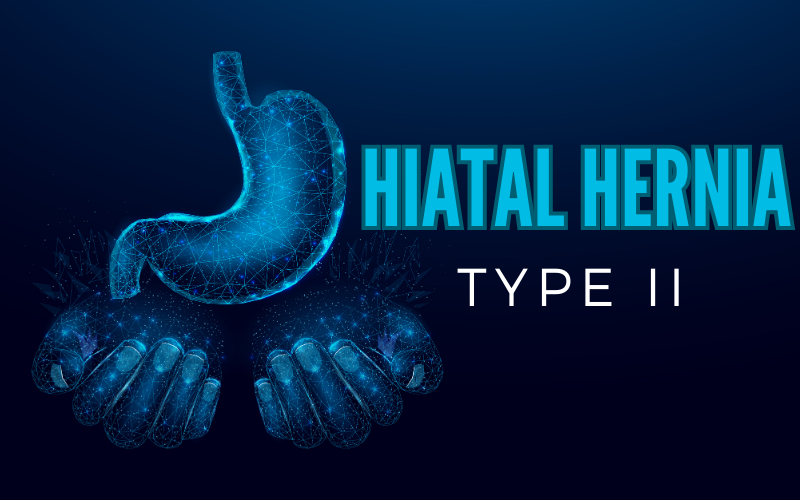2. Paraesophageal Hernia: The Dangerous Drifter

The paraesophageal hernia, unlike the sliding variant, involves a part of the stomach pushing through the hiatus and positioning itself beside the esophagus, rather than displacing it. This one is a tricky customer. Why? It stays put and doesn’t slide back down, making it more noticeable and at times, more uncomfortable for those affected.
This hernia type is less common but carries more risks. Since the stomach herniates next to the esophagus and stays there, it could lead to the stomach getting strangled or its blood supply being cut off. This situation can become an emergency, necessitating prompt intervention.
One captivating aspect of the paraesophageal hernia is its stealthy nature. You might think that a hernia causing potential strangulation would always cause severe pain, but that’s not the case. Some individuals might not even experience noticeable symptoms until complications arise.
The primary concerns tied to this hernia type relate to potential complications. Since the stomach remains wedged beside the esophagus, there’s a risk of the stomach twisting upon itself. This twist can lead to obstruction, making it hard to swallow food or even liquids.(2)